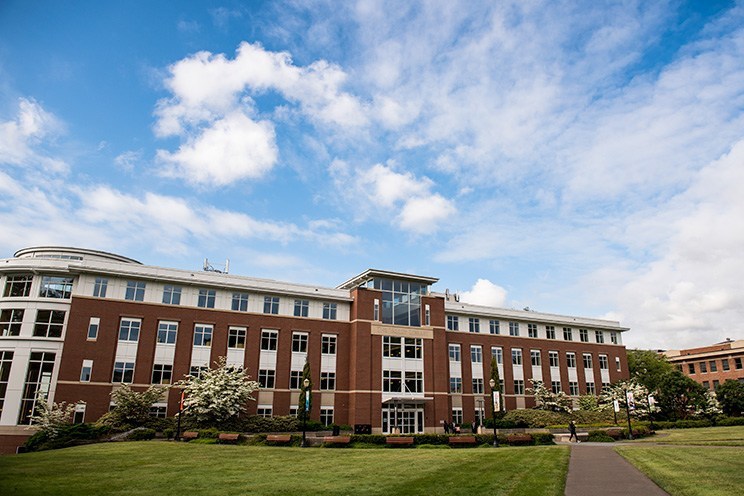The process of publishing a book has many moving parts. The marketing team needs to be studying their audience while the copyeditors and fact-checkers are working on the manuscript. The design team is creating the perfect cover while the author is trying not to have their third mental breakdown. There’s a lot going on. Things are constantly moving, going, working. But when you’re looking at it as an archivist, when the work is done, everything is still.
You can look over every note, letter, and draft written over the eighteen-month journey, knowing that all is complete. Every email between the author and the agent is on the table, sitting next to the New York Times reviews of the writer’s latest book. It can feel a lot like looking into someone’s diary, or many people’s diaries. Often the documents show just how much those who work on a certain book are putting a piece of themselves onto each page.
Over the years, centers for archival research and special collections will accumulate many items from different writers. A collection of Joseph Heller’s drafts, research, and correspondence are held at the University of South Carolina, the Toni Morrison Papers are kept in the Princeton library, and Zora Neale Hurston’s work can be found archived at Yale and the University of Florida. The amazing thing? Everyone can get access to these collections.
An example of this can be found in the Tracy Daugherty Papers held in the Special Collections and Archives Research Center at Oregon State University. Tracy Daugherty, an Oregonian author, has published multiple fiction and nonfiction books since the 1980s while also teaching at the university’s School of Writing, Literature, and Film. Along with his many class notes and documents from his academic career came boxes upon boxes of documents telling the story of his many publications. A researcher can easily pinpoint each individual step of the publishing process for many of his major books, such as The Last Love Song: A Biography of Joan Didion or Axeman’s Jazz.
Archivists dedicate days, even months, to organizing these collections for those who wish to view the publishing process. They’ve looked through the same cover designs the house looked through and read the same editing notes authors read on their fourth draft. Often archivists spend much of their time sifting through and organizing these odd documents, hoping to aid the few researchers who will learn of this valuable resource. There are mountains of research material that quietly tower over onlookers who are used to the buzzing publishers’ hive. There is so much to learn from the documents that fill the archival boxes. It is truly an untapped resource for editors, especially aspiring ones who don’t realize they have access to the greats who have worked before us.
It’s so easy to get caught up in the fast-paced world of publishing when you’re editing a book. There’s not much time to take stock of how much work has been done, or how much of yourself has been put into this piece. By looking over collections like these, you can start to gain a greater understanding of how much you’re putting into getting this book out into the world.

